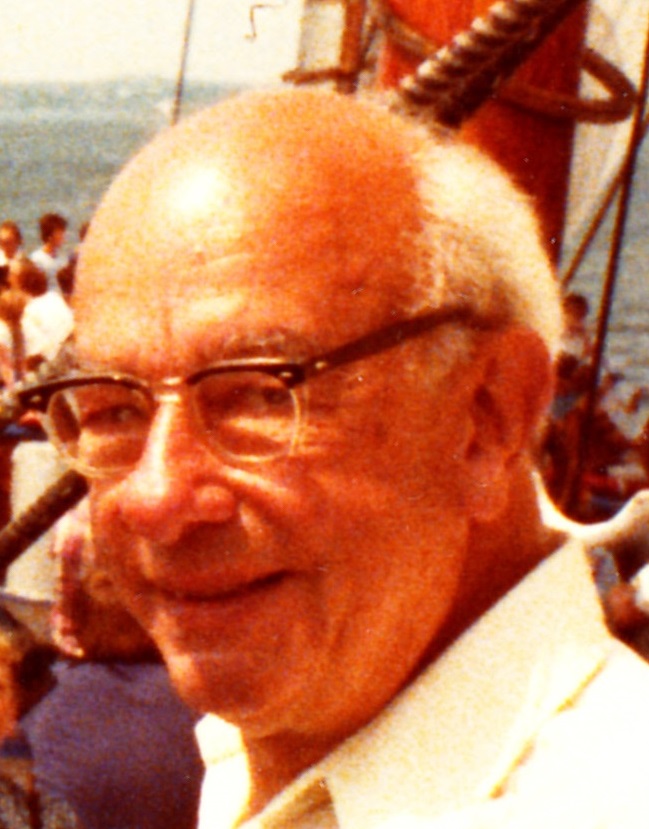|
Mereology
Mereology (; from Greek μέρος 'part' (root: μερε-, ''mere-'') and the suffix ''-logy'', 'study, discussion, science') is the philosophical study of part-whole relationships, also called ''parthood relationships''. As a branch of metaphysics, mereology examines the connections between parts and their wholes, exploring how components interact within a system. This theory has roots in ancient philosophy, with significant contributions from Plato, Aristotle, and later, medieval and Renaissance thinkers like Thomas Aquinas and John Duns Scotus. Mereology was formally axiomatized in the 20th century by Polish logician Stanisław Leśniewski, who introduced it as part of a comprehensive framework for logic and mathematics, and coined the word "mereology". Mereological ideas were influential in early , and formal mereology has continued to be used by a minority in works on the . Different axiomatizations of mereology have been applied in , used in to analyze "mass terms", use ... [...More Info...] [...Related Items...] OR: [Wikipedia] [Google] [Baidu] |
Whitehead's Point-free Geometry
In mathematics, point-free geometry is a geometry whose primitive ontology, ontological notion is ''region (mathematics), region'' rather than point (geometry), point. Two axiomatic systems are set out below, one grounded in mereology, the other in mereotopology and known as ''connection theory''. Point-free geometry was first formulated by Alfred North Whitehead, not as a theory of geometry or of spacetime, but of "events" and of an "extension relation (mathematics), relation" between events. Whitehead's purposes were as much philosophical as scientific and mathematical. Formalizations Whitehead did not set out his theories in a manner that would satisfy present-day canons of formality. The two formal List of first-order theories, first-order theories described in this entry were devised by others in order to clarify and refine Whitehead's theories. The domain of discourse for both theories consists of "regions." All quantification (logic), unquantified variables in this entry s ... [...More Info...] [...Related Items...] OR: [Wikipedia] [Google] [Baidu] |
Mereotopology
In formal ontology, a branch of metaphysics, and in ontological computer science, mereotopology is a first-order theory, embodying mereological and topological concepts, of the relations among wholes, parts, parts of parts, and the boundaries between parts. History and motivation Mereotopology begins in philosophy with theories articulated by A. N. Whitehead in several books and articles he published between 1916 and 1929, drawing in part on the mereogeometry of De Laguna (1922). The first to have proposed the idea of a point-free definition of the concept of topological space in mathematics was Karl Menger in his book ''Dimensionstheorie'' (1928) -- see also his (1940). The early historical background of mereotopology is documented in Bélanger and Marquis (2013) and Whitehead's early work is discussed in Kneebone (1963: ch. 13.5) and Simons (1987: 2.9.1). The theory of Whitehead's 1929 ''Process and Reality'' augmented the part-whole relation with topological notions such as ... [...More Info...] [...Related Items...] OR: [Wikipedia] [Google] [Baidu] |
Ontology
Ontology is the philosophical study of existence, being. It is traditionally understood as the subdiscipline of metaphysics focused on the most general features of reality. As one of the most fundamental concepts, being encompasses all of reality and every entity within it. To articulate the basic structure of being, ontology examines the commonalities among all things and investigates their classification into basic types, such as the Theory of categories, categories of particulars and Universal (metaphysics), universals. Particulars are unique, non-repeatable entities, such as the person Socrates, whereas universals are general, repeatable entities, like the color ''green''. Another distinction exists between Abstract and concrete, concrete objects existing in space and time, such as a tree, and abstract objects existing outside space and time, like the number 7. Systems of categories aim to provide a comprehensive inventory of reality by employing categories such as Substance t ... [...More Info...] [...Related Items...] OR: [Wikipedia] [Google] [Baidu] |
Stanisław Leśniewski
Stanisław Leśniewski (; 30 March 1886 – 13 May 1939) was a Polish mathematician, philosopher and logician. A professor of mathematics at the University of Warsaw, he was a leading representative of the Lwów–Warsaw School of Logic and is known for coining and introducing the concept of mereology as part of a comprehensive framework for logic and mathematics. Life Leśniewski was born on 28 March 1886 at Serpukhov, near Moscow, to father Izydor, an engineer working on the construction of the Trans-Siberian Railway, and mother Helena (''née'' Palczewska). Leśniewski went to a high school in Irkutsk. Later he attended lectures by Hans Cornelius at the Ludwig Maximilian University of Munich and lectures by Wacław Sierpiński at Lviv University. Leśniewski belonged to the first generation of the Lwów–Warsaw School of logic founded by Kazimierz Twardowski. Together with Alfred Tarski and Jan Łukasiewicz, he formed a trio which made the University of Warsaw, during th ... [...More Info...] [...Related Items...] OR: [Wikipedia] [Google] [Baidu] |

